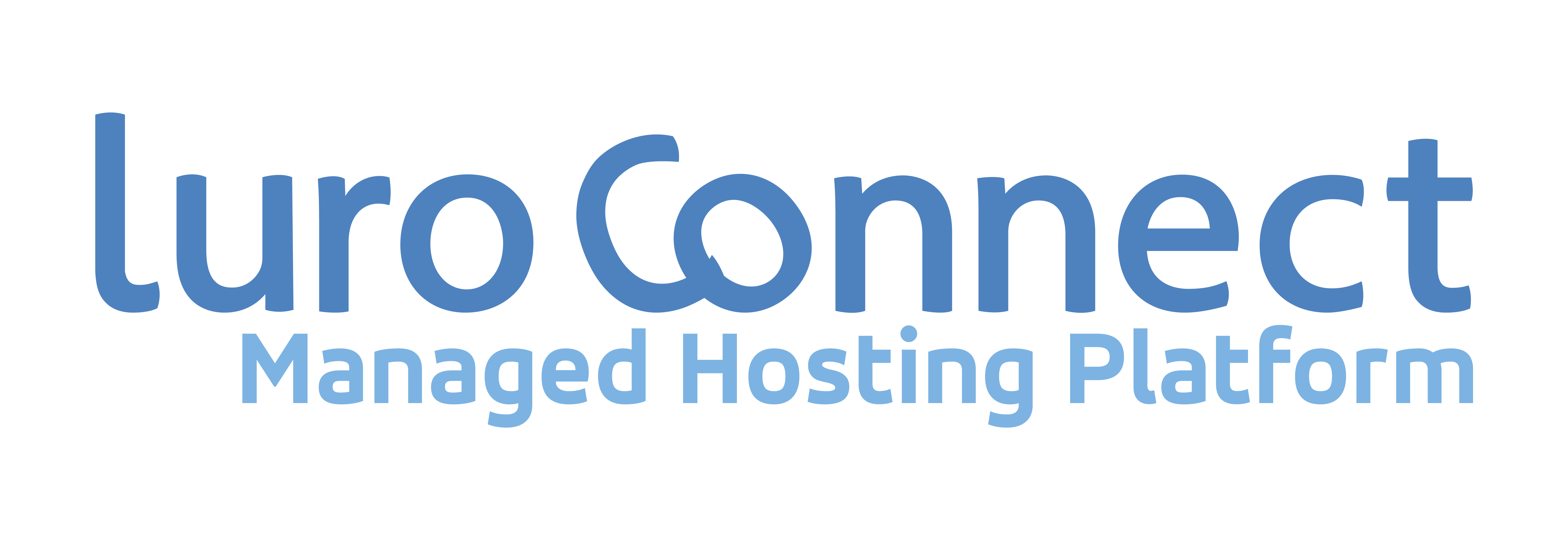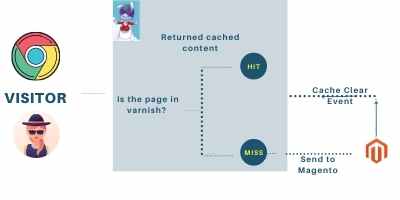Magento and graphql : A slowdown saga
PWA, Magento and graphql : A slowdown saga
Note : I write this article as Magento 2.4.5 is released and fixes some major performance issues that have resulted in the dream of headless and PWA go sour for many early adopters of technologies like PWA Studio and Vue Storefront 2.
PWAs and headless came with the promise of fast navigation and have had a rough ride at best, especially with Magento backends. Early PWAs like Vue Storefront 1 were implemented using Magento Rest API with a api middleware in nodejs that used elastissearch to store cached version of magento catalog for faster access. Magento implemented Graphql to avoid the need for the rest api. Use of direct rest api is ill-advised without a middleware as it exposes a Magento admin token. A middleware would sanitize the request possibly by checking a cookie and also limit the range of queries run. Graphql prevented the use of admin tokens and instead relied on frontend cookies for authentication.Magento’s REST API also results in large datasets. Graphql has a powerful, standardized query syntax to theoretically present a path breaking solution to build Magento headless around. However, early implementations did not fully cover the entire magento data model – Magento even advised the use of REST api when graphql was not sufficient. And when real world websites with large builds and catalogs were deployed, performance issues emerged.
Graphql are ajax calls in Magento that use sessions. In a typical hit processed by Magento, a session is opened, the hit is processed and then the session is closed. (A hit here is either a frontend hit or an ajax call).
Sessions and race conditions
Graphql are ajax calls in Magento that use sessions. In a typical hit processed by Magento, a session is opened, the hit is processed and then the session is closed. A hit is either a frontend hit or an ajax call.
Magento can store information in sessions – cart data for example. In order to prevent 2 hits from writing contents to the session simultaneously – called a race condition, sessions are locked for the duration of the processing a hit. (Take for example a checkout flow and let us assume that the address and payment info is written to session. You would want to ensure both get written. If both “raced”, only one piece of information would be written). Magento identifies an internal session by setting a cookie in the visitors browser. Each hit carries the cookie allowing magento to identify the session. Since a session is unqiue for a visitor, so Magento can process process only one hit per visitor at any given time.
With ajax in general and graphql in particular, many simultaneous hits may go to the server. Magento, through the session locking mechanism, queues them up. The hits are not guaranteed to be processed in the order they were received or any order in particular.
A typical session content in redis looks like
hgetall sess_eba681783f7000bc668cc45005aeaca4
1) "lock"
2) "0"
3) "writes"
4) "5"
5) "data"
6) "_session_validator_data|a:4:{s:11:\"remote_addr\";s:14:\"116.58.200.181\";s:8:\"http_via\";s:0:\"\";s:20:\"http_x_forwarded_for\";s:0:\"\";s:15:\"http_user_agent\";s:117:\"Mozilla/5.0 (Linux; Android 10; RMX2030) AppleWebKit/537.36 (KHTML, like Gecko) Chrome/103.0.0.0 Mobile Safari/537.36\";}_session_hosts|a:1:{s:10:\"host.com\";b:1;}default|a:0:{}customer_base|a:2:{s:11:\"customer_id\";N;s:17:\"customer_group_id\";N;}checkout|a:0:{}"
7) "wait"
8) "0"
9) "pid"
10) "10.0.2.197.host.com|3735"
11) "req"
12) "POST host.com/graphql"
Most of these entries are used internally by the redis session module. Entry 6 is the main session, stored in php serialized format.

If each hit takes only a few milliseconds and the number of ajax calls are not high, the overall response time may not perceptibly slow the site.
But, if even one ajax hit takes time, the page load can slow down. If a customer opens multiple tabs or refreshes the page, the slowdown may be more severe, sometimes leading to errors.
Here is an example. We are analyzing server logs based on IP. Lines 1 and 2 indicate the same link in google was clicked twice – possibly in 2 tabs on the browser. As the page loads we see graphql’s being loaded. The last 2 items are an indication of the problem.
The 2nd last hit is the slow hit – it took 10 seconds to return a result as the item was not in cache. The problem in the last hit was that it was waiting for the 2nd last hit to be processed, although in all probability it was in cache. If the number of items in this queue grows above 6 – for example if a visitor opens tabs and accesses urls not in varnish, a 500 error may be returned, possibly resulting in the UI showing a block not fully loaded at all. A refresh typically seems to solve the problem.
Server can run out of php resources
When too many graphql calls wait, server side can run short of php resources. This time you can see 504 and 502 errors. Adding more php resources for the same server risks running out of RAM. Adding more servers does help with the problem, but that is a waste of resources.
Graphql and caching issues
Graphql in Magento needs many caches to perform well. However, upon cache clear the “galloping horses” problem can bring down a busy website.
Upon cache clear the first access to graphql results in the schema being read. The performance for this action has improved substantially since Magento 2.3, but we yet highlight it as a concern. A cache warming of this is preferred.
Queries like filter in a category page can be slow and hence caching and warming some queries is always a good idea.
Enabling varnish cache is also important – varnish does not use sessions.
Recommended way to use Magento graphql
Graphql needs authorization – it needs to know what customer is asking for the information. It needs it so that the results include say for example the correct tiered pricing for this customer. While sessions include this information, they also store state and hence need the protection of a lock.
Magento supports JWT customer tokens for graphql.
https://devdocs.magento.com/guides/v2.4/graphql/mutations/generate-customer-token.html
Use the generateCustomerToken mutation to create a new customer token.
Example :
mutation {
generateCustomerToken(
email: "bobloblaw@example.com"
password: "b0bl0bl@w"
)
}
Response
{
"data": {
"generateCustomerToken": {
"token": "ar4116zozoagxty1xjn4lj13kim36r6x"
}
}
}
Magento suggests NOT enabling cookie and JWT token authentication at the same time to reduce the chances of encountering problems caused by the differences between the two authorization methods. However, disabling cookie was added a feature only in Magento 2.4.5
However, Magento 2.4.5 varnish sample configuration disables varnish caching for logged in user. This can reduce performance.
Conclusion
Magento performance continues to be a troublesome aspect of the eCommerce platform. At luroConnect we look at performance in great depths.


























